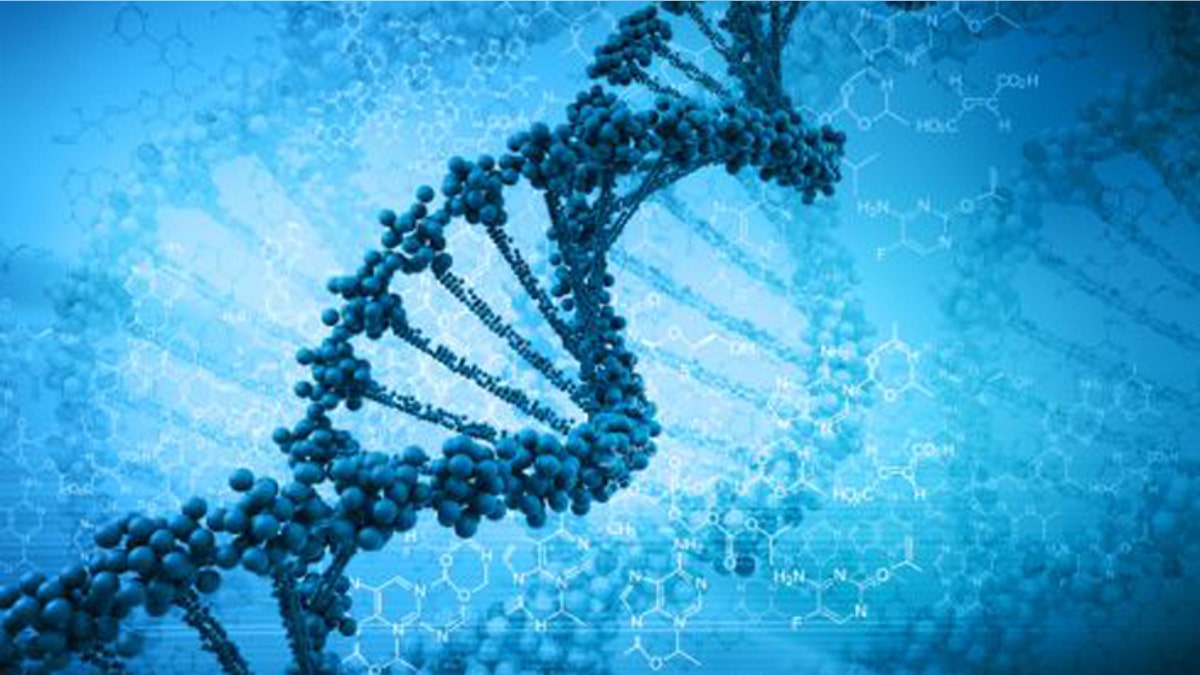
The standard practice for diagnosing a psychiatric disorder typically revolves around behavior rather than biology. A person exhibiting symptoms of hyperactivity and inattentiveness may be prescribed medication for attention deficit-hyperactivity disorder, while those alternating between periods of intense happiness and depression may be showing signs of bipolar disorder.
However, scientists have speculated for some time that genetic variations may play key roles in the development of these types of psychiatric disorders. And now, DNA evidence reveals this not only to be true – but many unrelated disorders are more connected than previously thought.
In the largest study of its kind, scientists have revealed for the first time ever that five major psychiatric disorders actually share common genetic risk factors. The five fairly distinct conditions include attention deficit-hyperactivity disorder (ADHD), autism, bipolar disorder, major depressive disorder and schizophrenia.
"This kind of analysis has never been done."
Not only were these conditions connected, but many were related through variations in just two genes, which are responsible for encoding calcium channels in the brain. The breakthrough discovery could lead to potential new therapies that target this pathway – creating new psychiatric treatments for the future.
“This kind of analysis has never been done,” lead author Dr. Jordan Smoller, from Massachusetts General Hospital in Boston, told FoxNews.com. “We didn’t know these variants would have an effect on multiple disorders. A couple had been implicated in previous studies of one disorder at a time, but this is the first time we’ve found variants that seem to affect all or most of these disorders.”
Smoller and an international collaboration of researchers examined the genome of 33,332 patients that had at least one of the five psychiatric disorders, comparing their DNA to that of 27,888 control subjects. Rather than sequencing each individual’s entire genome, the researchers used DNA chips, which covered any variations across the genome.
When overlapping the genomes, the scientists ultimately identified four risk loci that seemed to have a significant link to the five psychiatric disorders -- regions on chromosomes 3p21 and 10q24, along with the nucleotide polymorphisms (SNPs) in two genes involved in regulating the flow of calcium in the brain (CACNA1C, linked to bipolar disorder and schizophrenia in previous research and CACNB2).
When cross-examining the genomes, the researchers calculated each variants polygenic risk scores. Among the adult-onset disorders (bipolar, schizophrenia and depressive disorder), the scores were the strongest. But overall, some variants seem to play more of a key role than others.
“Each one has a certain frequency,” Smoller explained. “The frequency of the variant that increases risk ranged from 10 percent to about 35 percent. We think of those as fairly common genetic risk factors.”
However, while Smoller believes these genetic variants do play key roles in the development of both child and adult-onset disorders, the overall causes for psychiatric illness are multi-factorial. By themselves, these DNA variants aren’t responsible for the onset of these disorders, and it’s possible for an individual to possess all of these genetic variations and not have any of these conditions.
Overall, the main takeaway from this research, Smoller said, is that scientists have yet to truly understand why a person develops a psychiatric disorder. This new research can hopefully provide doctors and psychiatrists with a better understanding of what causes psychiatric illness and help researchers develop more targeted therapies in the future.
“The new version of the DSM is about to come out in May, and that’s the manual that has all the (psychiatric) diagnostic criteria – and it is still based on a consensus of experts,” Smoller said. “But increasingly, genetic and other research may allow us to go deeper than that. If you look at genes and how the brain works and the environment, can we come up with a system of classification that’s best?”
The research was published Online First in The Lancet.
